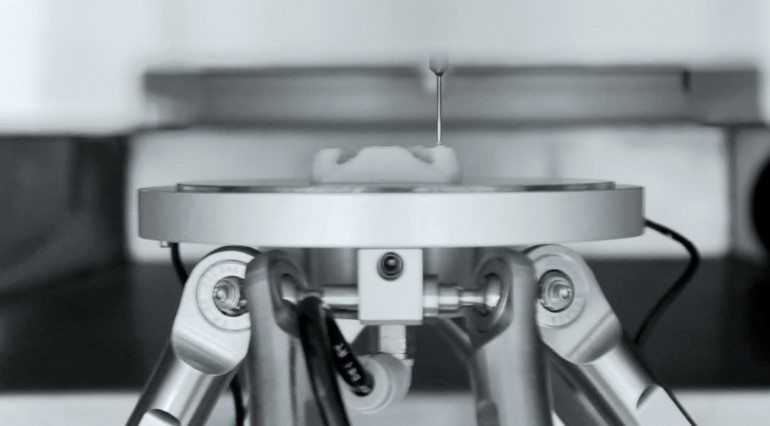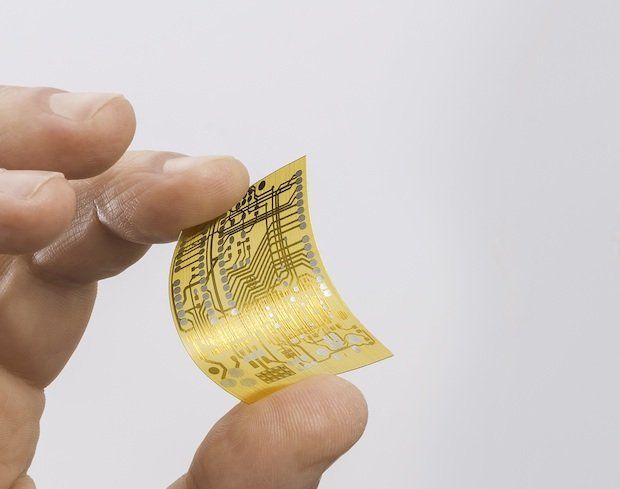Jul 5, 2016
Multi-planar Processing: Rhinoplasty Implant
Posted by Karen Hurst in categories: 3D printing, biotech/medical, cyborgs
With the advantage of high resolution providing facial designs that can be created based on the FACS (facial active coding system), 3D photography scanning and printing of the subject will create images with connected feature grids. This allows the angles of the craniomaxillofacial surface to be observed for specific unique aspects of physical characteristics, for underlying anatomical bone structures based on eye to midline features.
The nasal process provides the centerpiece of anatomical facial mapping and organization which affects how the individual is viewed by the world around them. These connected grids with the aid of imaging allow for facial feature approximation for important craniofacial-facial planning creating vital structures that will be 3D printed according to accepted innovation in FACS (Facial active coding system) design. Medical grade silicone soft tissue prosthetics with colour are being created out of the UK with the Picsisma printer by Fripp Design as far back as 2013.

Continue reading “Multi-planar Processing: Rhinoplasty Implant” »



















